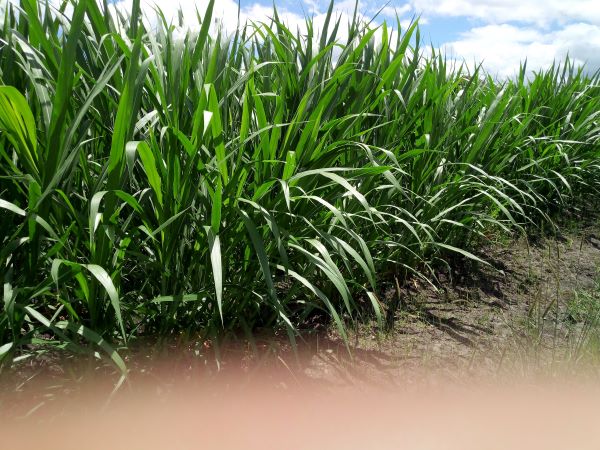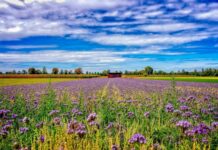Livestock farming is a critical component of Kenya’s economy, and farmers in the country have been introduced to many feeds which do not adequately address the challenges that threaten to suppress animal production.
As a result, it has become essential for livestock farmers in Kenya to explore alternative feeding options that can enhance the health and productivity of their animals.
“The ordinary Napier grass, for instance is about five to eight per cent against a requirement of 14-22 per cent, depending on the stage of production of cattle and other livestock,” said Alex Wanjala, general agriculture expert and principal at Kaguru Agricultural Training Centre, Nkubu, Meru.
In addition, says Wanjala, the dry matter content of Napier is low at about 22 per cent, causing permanent poor body condition and eventually poor reproduction in animals.
Super Napier grass (Pakchong 1)
However, coming in handy for the producers is a new fodder crop called Super Napier (Pakchong 1), a cross between elephant grass (Pennisetum purpureum) and pearl millet (Pennisetum glaucum) developed in Thailand, by Dr Krailas Kiyothong, an animal nutritionist and plant breeder.
According to Simon Thuo and his brother Francis Kangethe, who are not only the promoters and proponents of the crop but also its pioneer multipliers and distributors in Kenya, Super Napier is set to improve livestock feeding and production in Kenya.
“Since 2018 when we imported the grass from Thailand, we have conducted a series of tests in the local public and private laboratories and the result have indicated that it has up to 16-18 per cent crude protein content, good for almost all types of livestock,” says Thuo.
Lush field
Following the good outcome and the lab results, in 2021 they started multiplying the grass within their six-acre piece of land that is about 5km from Juja Town, which they have since turned into a lush field of over 10 varieties of fodder crops including mulberry, Guatemala grass, Brachiaria grass, sweet potato vines, leucaena tree, Juncao grass, and desmodium among others.
“We use Tumbukiza Method (TM), a technique recommended by the Kenya Agricultural and Livestock Research Organisation (KALRO) in the multiplication of the grass. With addition of farm manure, this technique encourages cluster multiplication and vigorous growth,” says Thuo.
The two have been partnering with dairy farmer cooperatives including the New Kenya Cooperative Creameries (New KCC) to educate farmers about the grass which have started giving farmers 7-12 litres of milk increase when fed to dairy cows.
According to Mr Wanjala, if feed lotting is done and the Super Napier is fed to bulls, it has been found to increase the bulls’ weight with between 800gms to a kilo per day.
Marie Kihanya, a dairy farmer from Kinoo, central Kenya, has grown the Super Napier on an eighth portion of her land and attests that her dairy milk production has doubled.
“I got a few cuttings from Mr. Thuo last year, which I harvested and fed to my cows due to its fast growth. As a result, my daily milk production has increased from 10-20 liters,” says Kihanya.
More qualities of Super Napier grass
- It produces up to 200 tonnes per acre per year. This provides enough biomass to feed up to 15 dairy cows for a year.
- Highly suitable for silage with no need any additives during silage making due to its water-soluble carbohydrate (WSC) 18 content.
- The leaves are smooth and hairless, and do not cause irritation or allergic reactions due to pollen.
- The grass is harvested after every 7-8 years under good management and in soils rich with organic matter (Nitrogen).
- It is harvested for the first time after 75-90 days and subsequent cuts after every 30-45 days.
Simon and Francis can be reached via +254715342986/722285907 or https://shorturl.at/mpwN8








